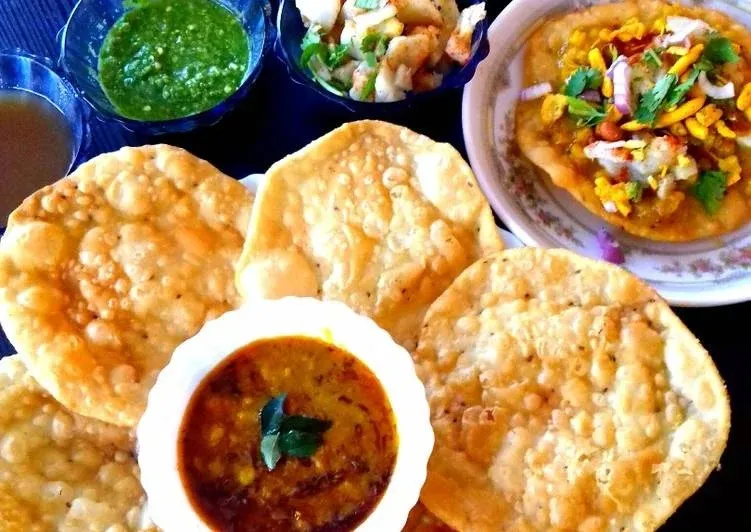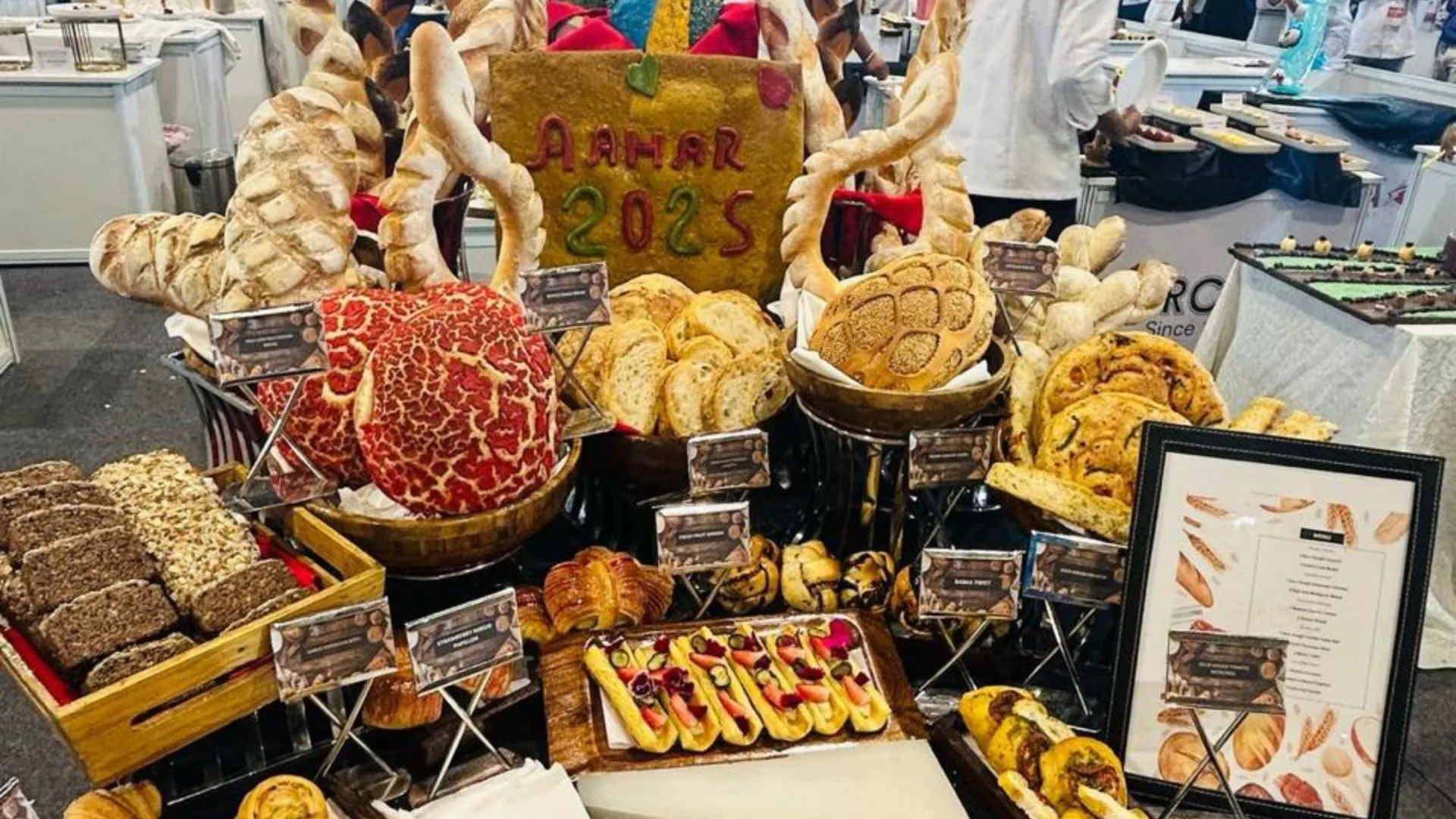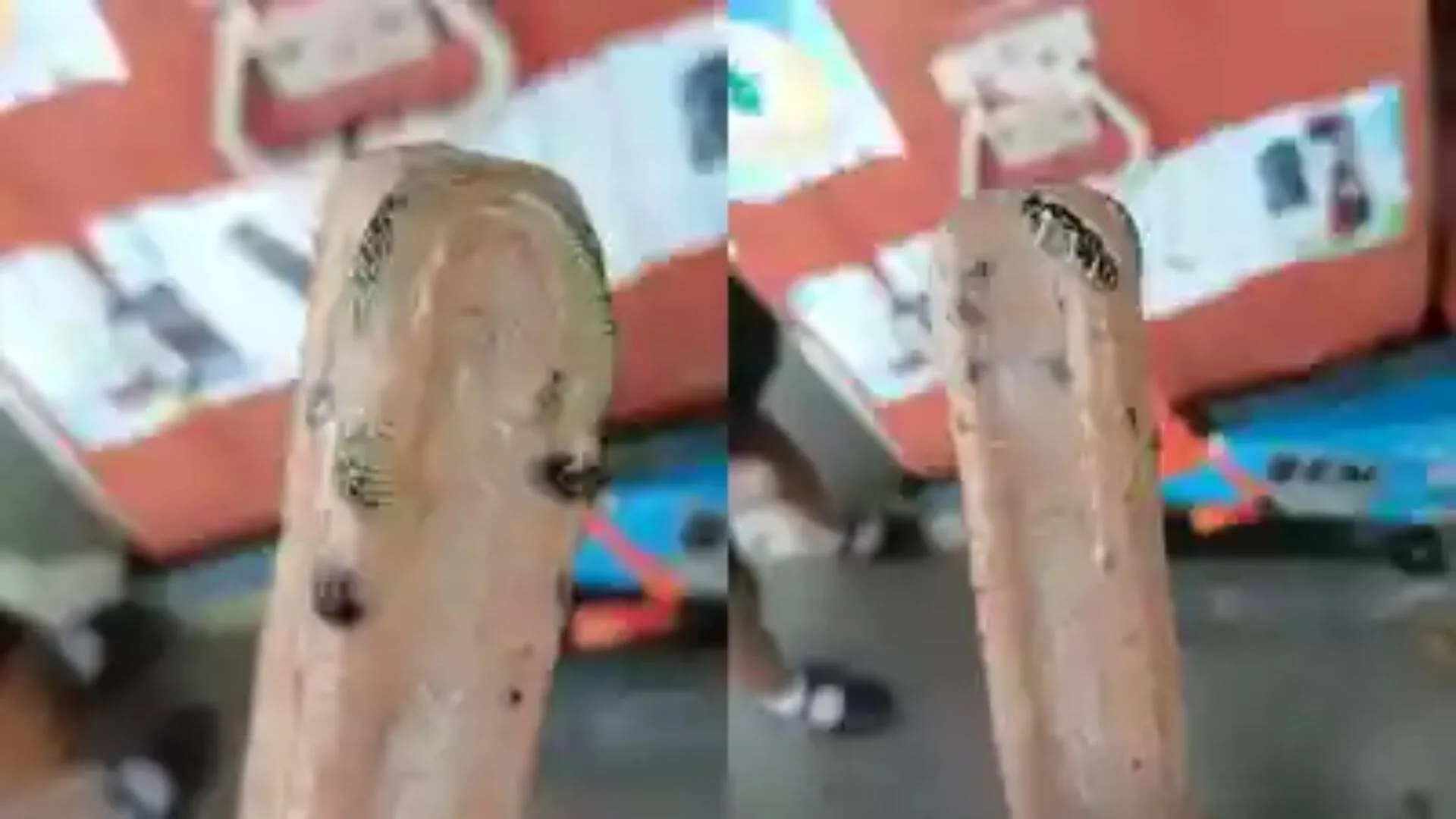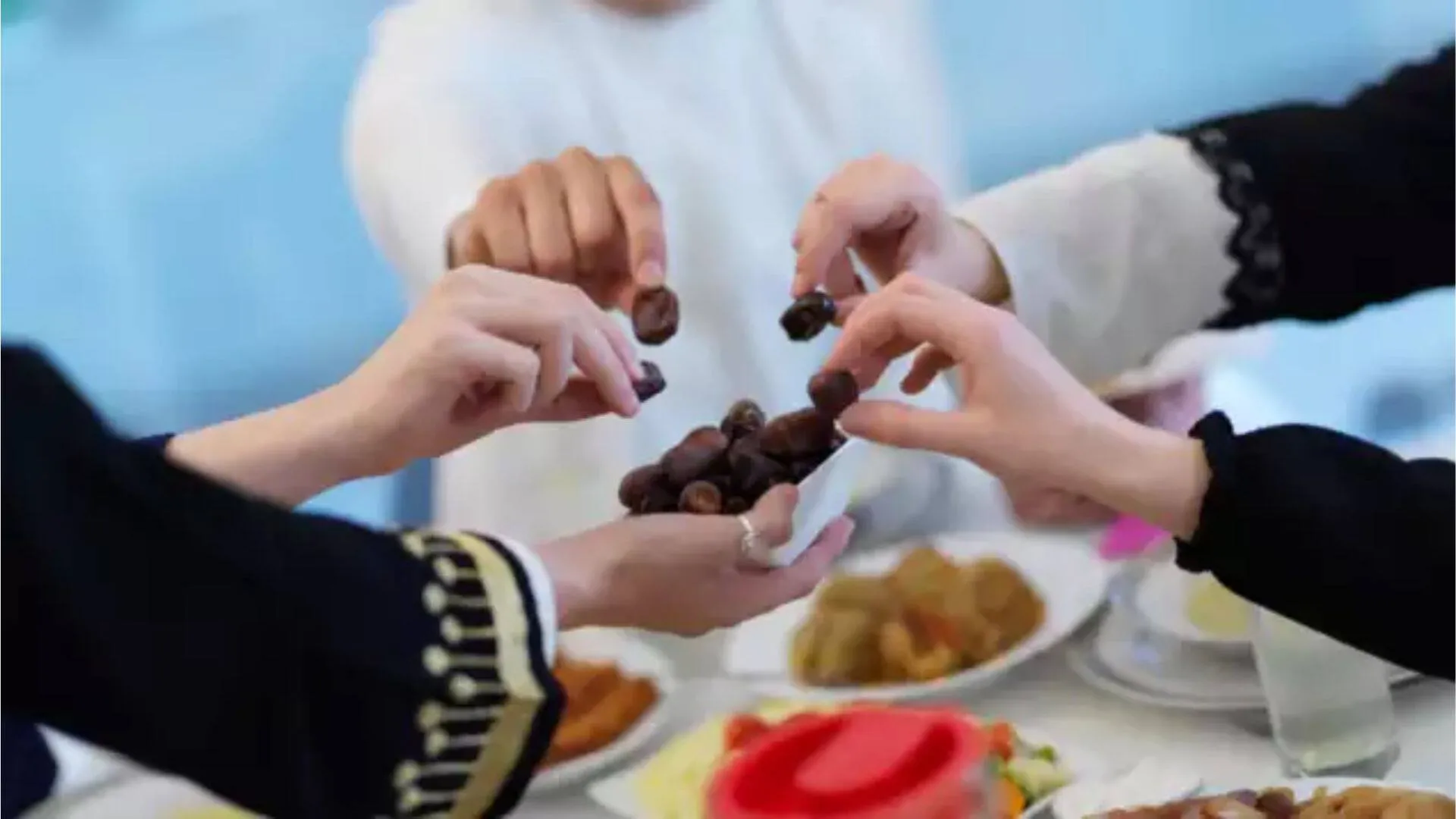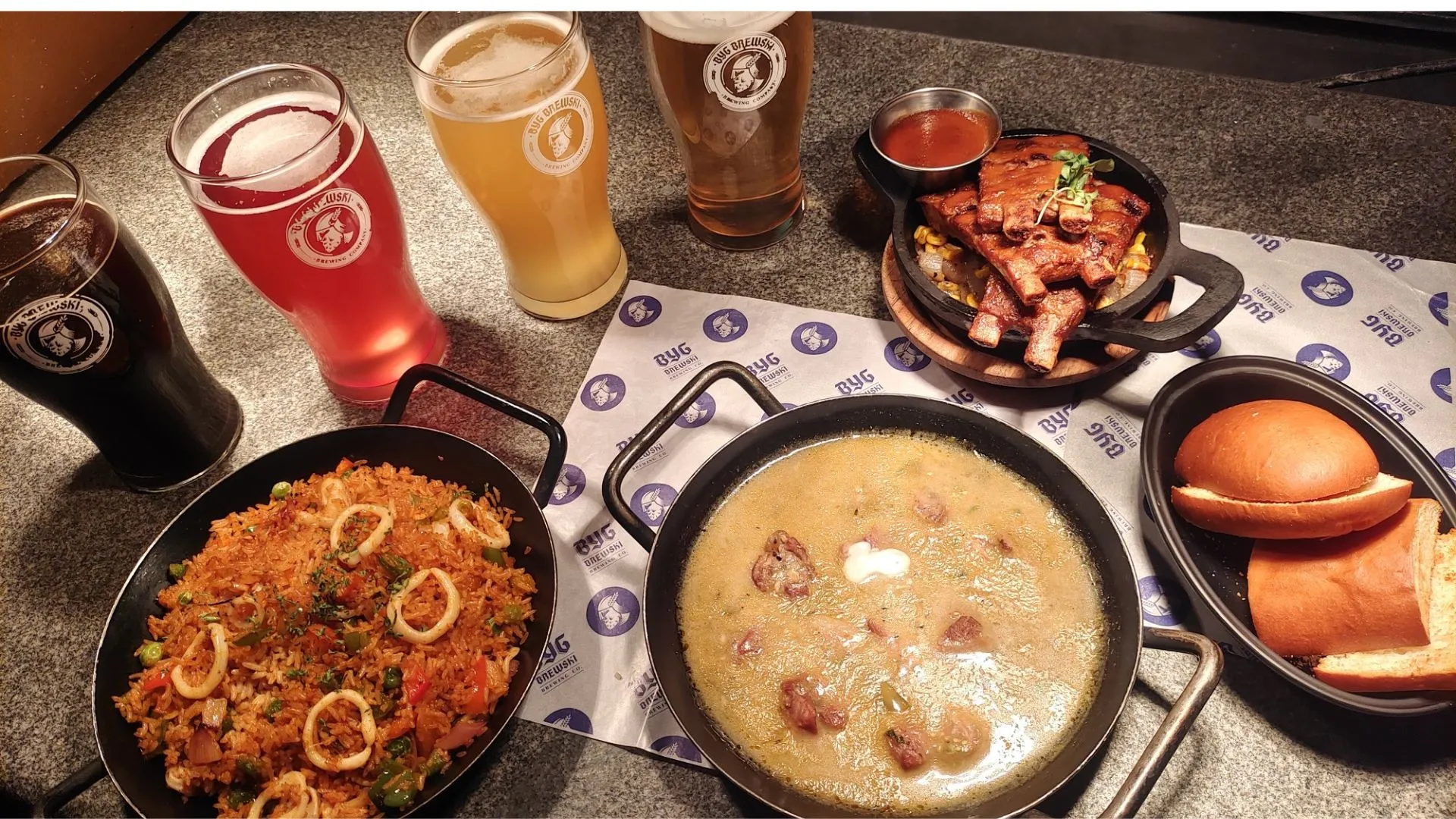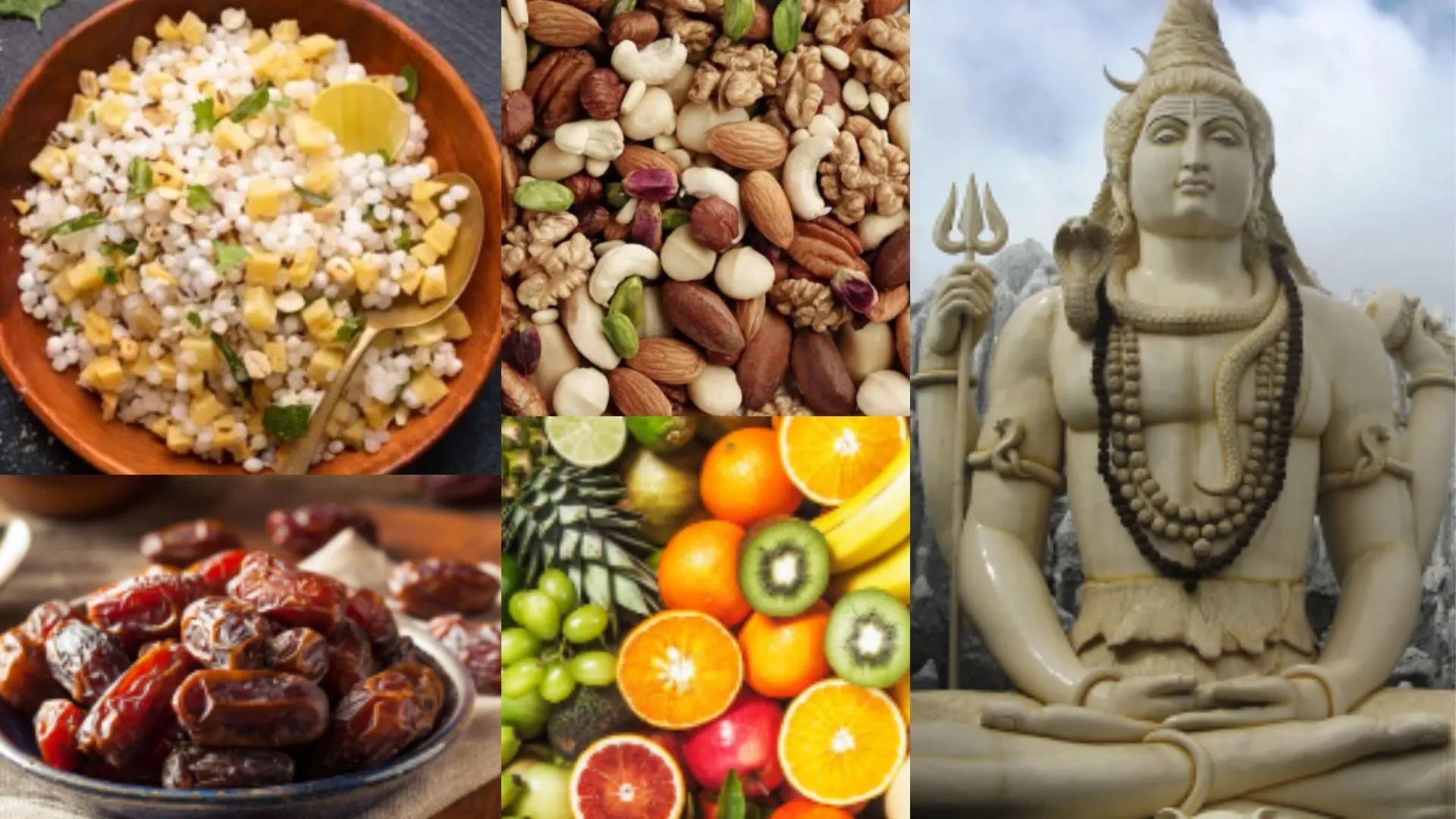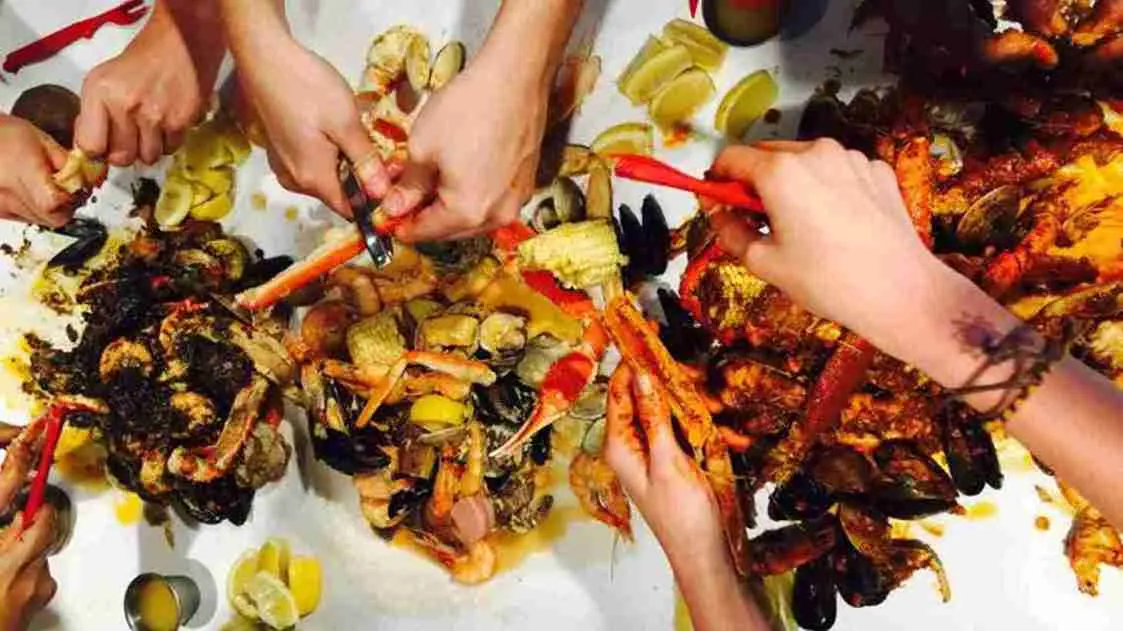How did Tikkad become Dal Pakwan? Who is the first to have made Sindhi Tikkad? What is its significance? Where is it from? When did Tikkad evolve into Dal Pakwan? What is the reason for the change? How did it take place?
These questions unravel the colorful life of one of the most favored dishes in Sindhi cuisine, Dal Pakwan. What took a start as a simple, hearty flatbread called Sindhi Tikkad diligently got its makeover.
The Tikkad transformation into the intricate medley characteristically a plain meal of crispy Pakwan with spiced lentils, the breakfast that transcends generations and is a Sindhi staple.
Sindhi Tikkad Importance
Sindhi Tikkad holds favor among the Sindhi community. In the words of Biraja Rout, a food admirer and founder of Beamer Foods, “Its origins date back to the time when the Sindhi community resided in the Sindh region in Pakistan.”
Tikkad was dense, thick, hard, and made from unleavened flour and mostly used by Sindhi households. A flour mix containing whole wheat flour and gram flour with some spices would serve as nourishment to the laborers. The laborers have no time during their day-to-day lives since the tedious tasks come due.
Tikkad Transformation
Traditionally, Tikkad was made from locally available and uncomplicated ingredients in Sindhi. The dough made from whole wheat flour and gram flour was spiced with crushed black pepper, cumin seeds, and coriander powder. The addition of ghee or oil would not only enhance the taste of the bread but also keep it good for a long, providing in the past an excellent choice for meals when refrigeration did not exist.
The making of Tikkad used to be a shared communal activity where the womenfolk would assemble to create large numbers. The Tikkad would then be baked on a tawa griddle till the surface became crisp and was seasoned with onions, green chilies, or yogurt.
The journey from Tikkad to Dal Pakwan came about through a zealous journey into the void of history, beginning with socio-cultural evolution migration.

